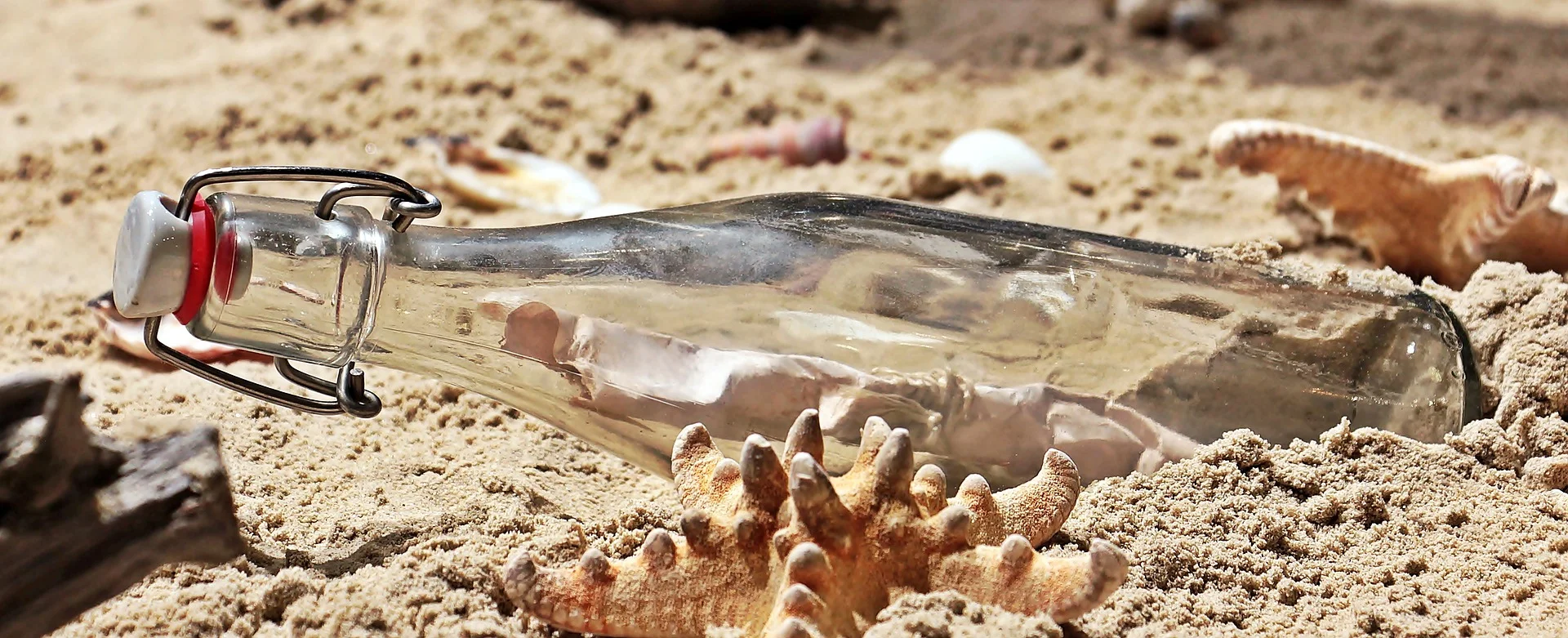As incredible as it might seem, the world is running out of sand.
Depending on who you talk to, whether in academia or in the conservation community — or with anyone who keeps up on the news and reads between the lines —sand is the new gold, the new coltan, the new diamonds.
The New Yorker, The Guardian, al-Jazeera English, The Economist, Business Insider, the journal Science and countless others have weighed in on the looming sand crisis.
As headlines go, though, this one is decidedly unsexy. Sand doesn’t have its own lobby group. Sand isn’t an icon animal on the brink of extinction, nor does it seem as immediate and far-reaching in our day-to-day lives as the precarious state of the world’s oceans. Not even David Attenborough, probably, could pull off a cautionary documentary series about sand, and get people to watch.
I’ve enclosed a couple of links below to the more authoritative, recent — and reliable — media accounts of what for all intensive purposes looks like a looming existential crisis.
Here at a glance, though, are the big-picture issues, facts, questions and arguments, whittled down to a few brief, basic pointers.
• The problem, as always, is overpopulation — too many people, with more arriving all the time — coupled with overheated economies competing for a finite and ever-dwindling supply of natural resources.
• Sand is vital for use in construction. It is one of the primary ingredients of concrete.
• The world’s largest, ever-expanding deserts contain huge deposits of sand, it is true, but it’s the wrong kind.
• Desert sand is composed mostly of tiny, finely rounded grains, sculpted and smoothed by wind erosion. The sand used in concrete is of a more jagged, rough-edged kind — the kind found, ideally, at the bottom of riverbeds.
• Riverbed sand is prized because it has the right texture and purity, and is constantly washed clean by running water. Freshwater, not salt.
• As the sand needed for construction becomes more sought after, there’s a growing black market in sand that’s illegally obtained.
• Demand drives the market, as always. Sadly for the environment, a hollowed-out riverbed in a protected, environmentally sensitive area can take decades, generations — centuries, even — to recover.
• In the meantime, illegally dredged sand leaves environmental ruin in its wake. Sand barriers and coral reefs that protect coast communities can collapse; drinking water is polluted; and habitat that sustains fish, turtles and other riverine life is destroyed.
• Illegal sand-dredging is conducted on an industrial scale, with hundreds of trucks filled, often late at night, in a matter of hours.
Strange but true: The world’s tallest skyscraper, the Burj Khalifa in Dubai, is surrounded by sand, part of the Arabian Desert, a vast desert wilderness that stretches from Yemen in the Persian Gulf to Jordan and Iraq in the heart of the Middle East. And yet, the Burj Khalifa was constructed with concrete incorporating “the right kind of sand” — imported from Australia. Everything comes at a cost.
Sand may not be a headline grabber, but the numbers are truly vast.
Consider this: In 2014, the most recent year for which hard figures are available, sand accounted for 85 percent of the total weight of minded material on Planet Earth that year. That’s an issue because, according to published reports, sand is replenished by rock erosion over thousands years.
High demand inevitably leads to scarcity, which in turn means money — and money means trouble. The world sand extraction market is estimated to be worth some USD $70 billion a year; a cubic metre of sand can fetch as much as USD $100 in areas of high demand and short supply.
Sand mining is unsustainable over the long term. More and more, scientists insist this is a hidden ecological disaster in the making. We’ll be hearing a lot more about sand in the coming years, they say.
Life’s a beach, it seems, in more ways than one. To paraphrase the late great Jimi Hendrix, even castles made of sand, fall into the sea, eventually.
https://www.newyorker.com/magazine/2017/05/29/the-world-is-running-out-of-sand



